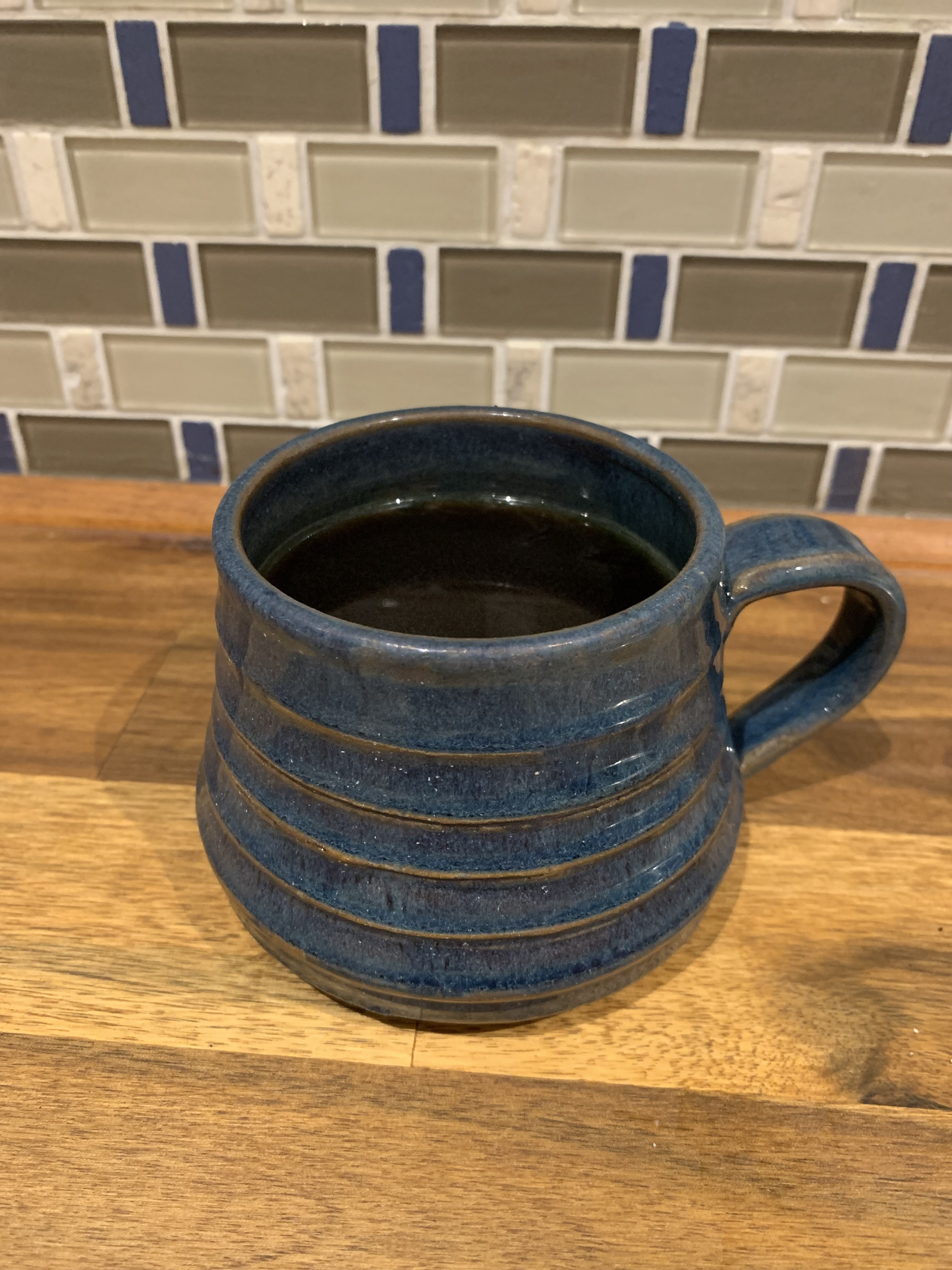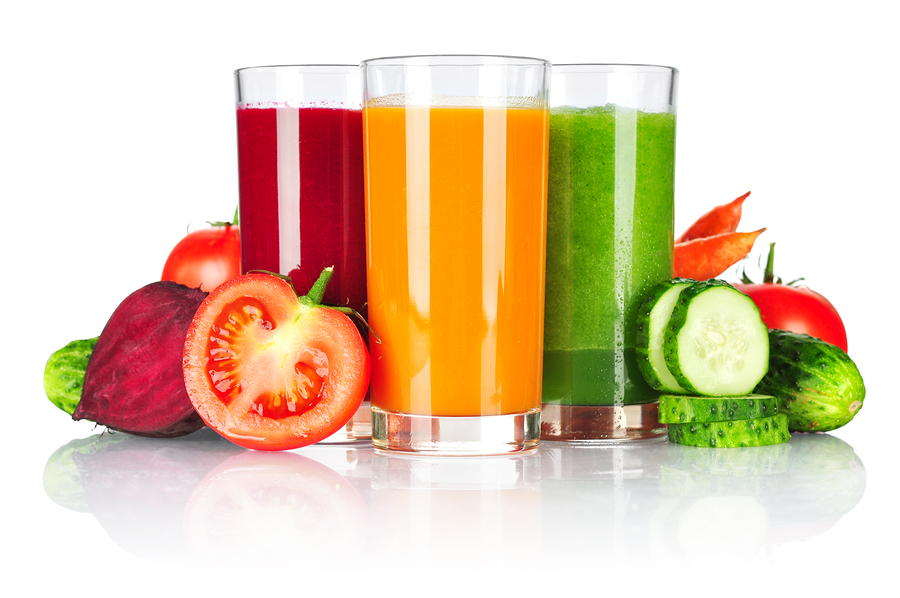
By. Dr. Elisha Cook ND
When it comes to coffee, some people are just down right passionate about it. Whether it is cold brew, hot brew, pre-ground or whole bean, there are some habits to consider to make this delectable beverage consumable in a healthier manner.
Habit 1: Always brew your coffee grounds through paper (i.e. filters).
This may seem like an odd habit to adopt with coffee drinking, but, believe it or not, having your coffee grounds filtered through paper can make a large difference with the health effects of the drink. When coffee has been filtered through paper, it does not increase your LDL (bad) cholesterol, where as boiled coffee (such as through French press method) does increase LDL cholesterol and apolipoprotein B levels.
Habit 2: Increase your water intake to compensate for coffee.
Coffee does not count towards your water intake. Many have been presented with the myth that coffee contributes to water intake, but what we have learned is that coffee can dehydrate. To balance out this effect, individuals should consider drinking 1 cup of water extra per 1 cup of coffee.
Habit 3: No coffee past 3:00pm.
For some, coffee does not seem to have an influence on sleep patterns, but for many, caffeine can stay in your system quite some time, resulting in the potential to impair sleep. If you want to indulge in coffee, consider having it in the earlier hours in the day to allow adequate time for it to leave your system.
Habit 4: But first, water!
It can be a force of habit to get up in the morning and go straight for coffee to get that energizing start, but we are missing a crucial first step: water. When we wake up in the morning, we have gone all night without water, and so, our body wakes up lacking. By starting with coffee, we end up putting our water start point even lower, potentially making it harder for our different systems and organs to function. By starting with water before your coffee, you might help your body to start on a better foot.
Habit 5: But first, food!
I know what we just discussed above, but for those who do eat breakfast, it is important to make sure the fuel you get in your body is from food. By eating food first, we are better able to listen to the right amount our body needs to feel satiated. When individuals consume coffee before eating, it causes them to consume about 10 percent less at breakfast. This may sound like a good thing for some, but breakfast ultimately is the most influential meal of the day. If we do not get adequate amounts here, it can influence the rest of the day.
Have you benefited from reading this blog? Know someone that would benefit as well? Share, Like, Comment, or Tweet this article, and let me know what you think.
Some of the information provided above may not be appropriate for everyone, please consult with your doctor before trying any of the above. If you are interested in trying any of our services, working with any of our amazing practitioners, or are simply wanting a different approach to your health care needs, contact the Plattsville Natural Health Clinic by calling 226-232-7665 and book your appointment today!
Resources/ References:



